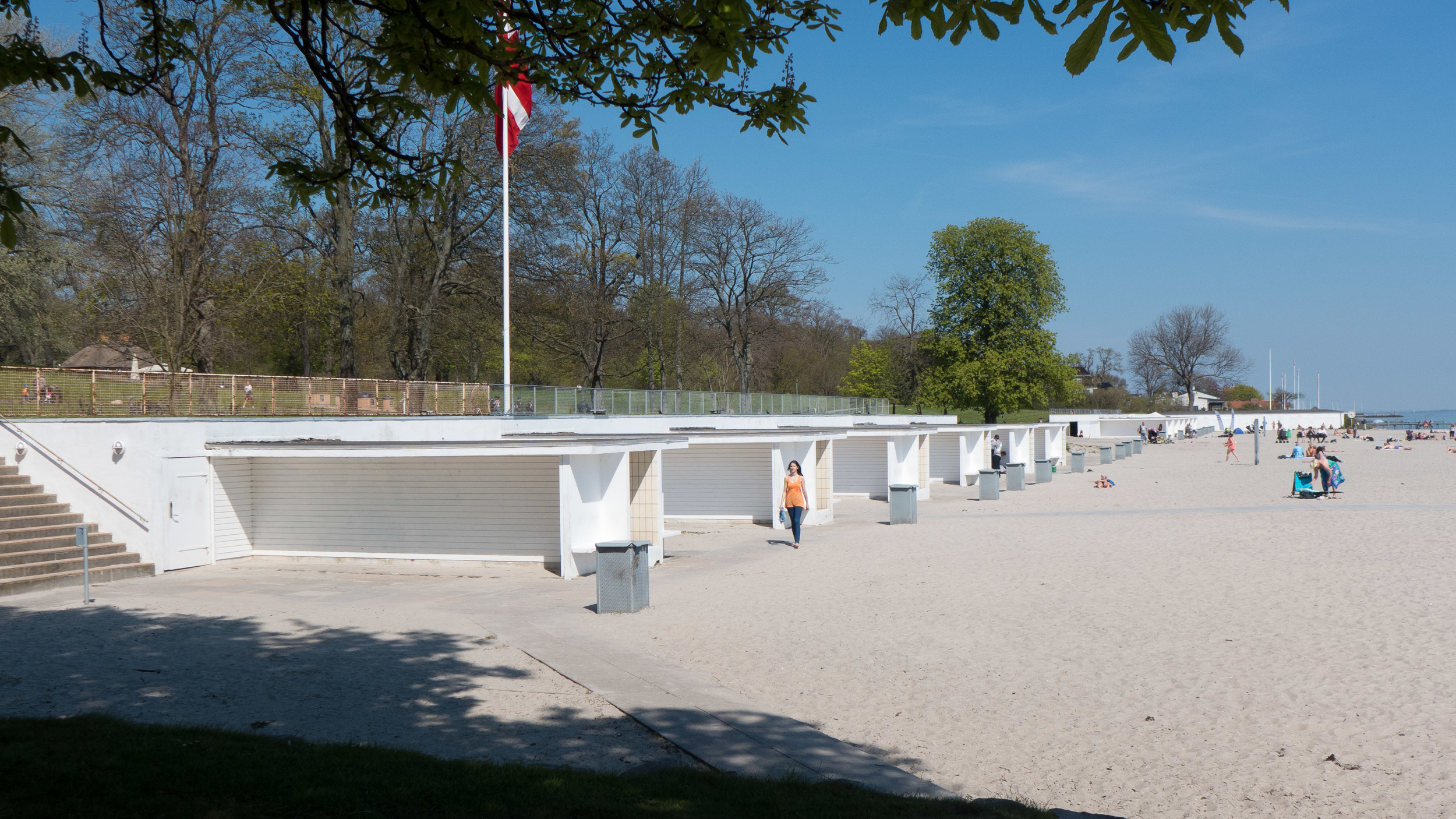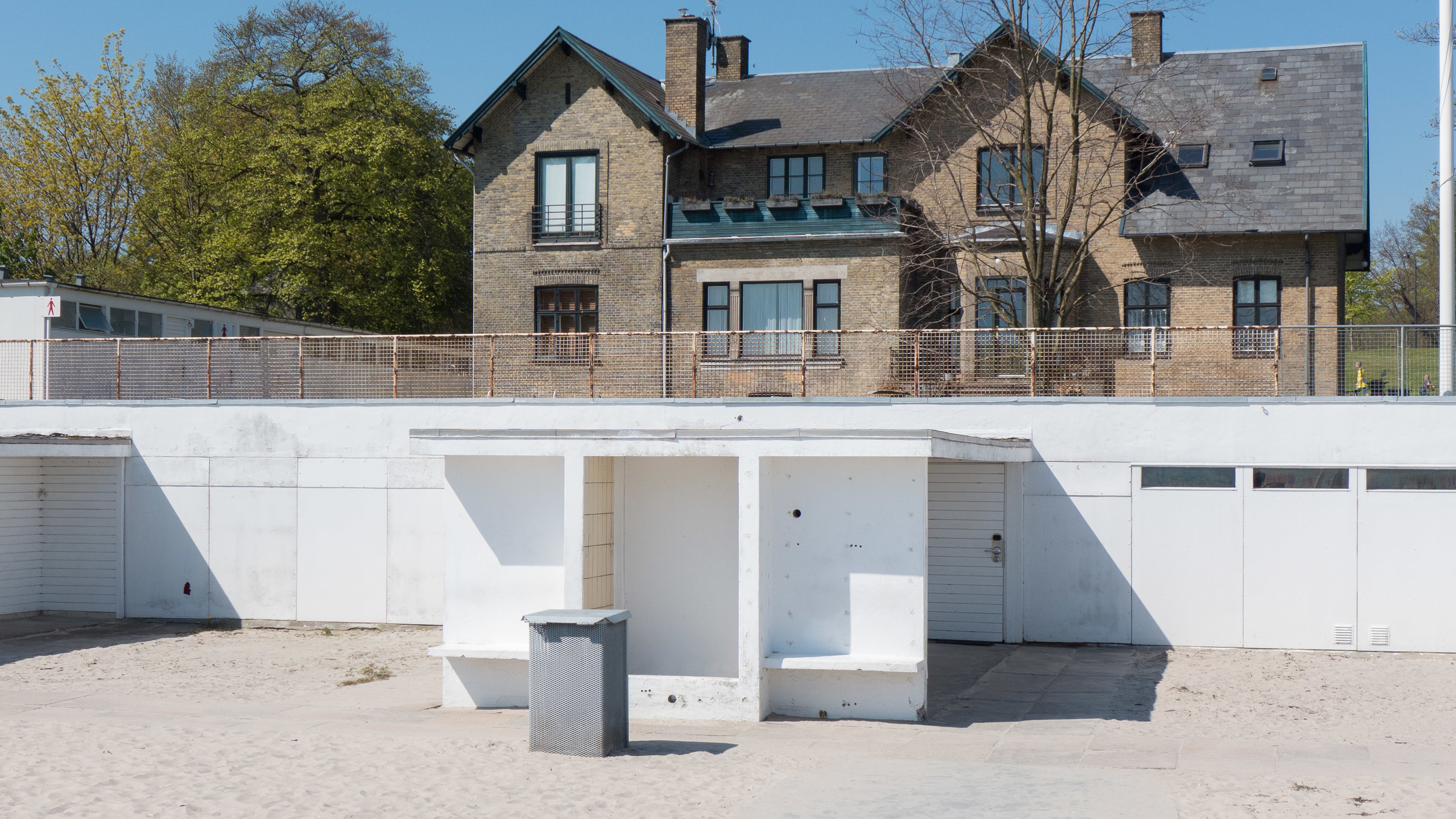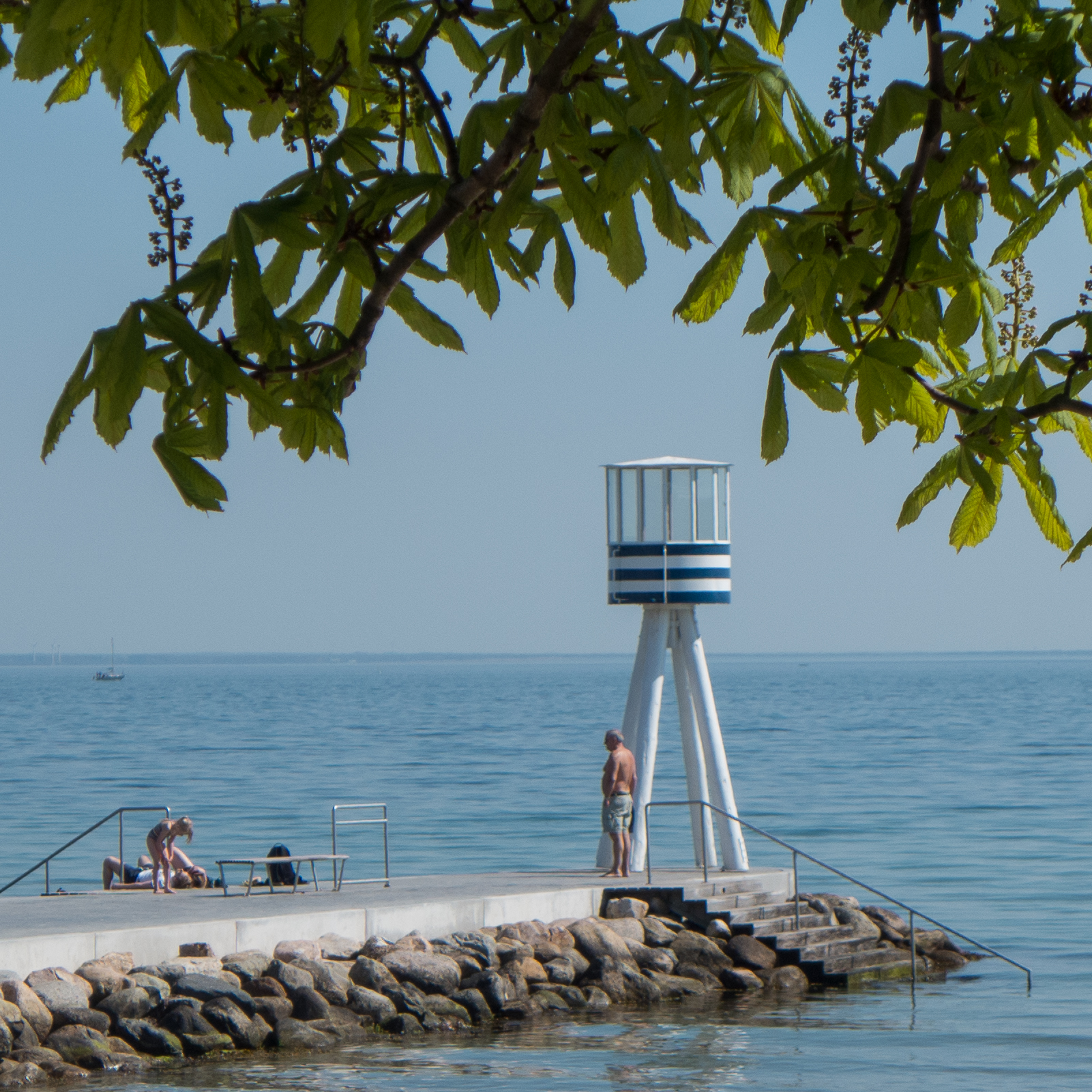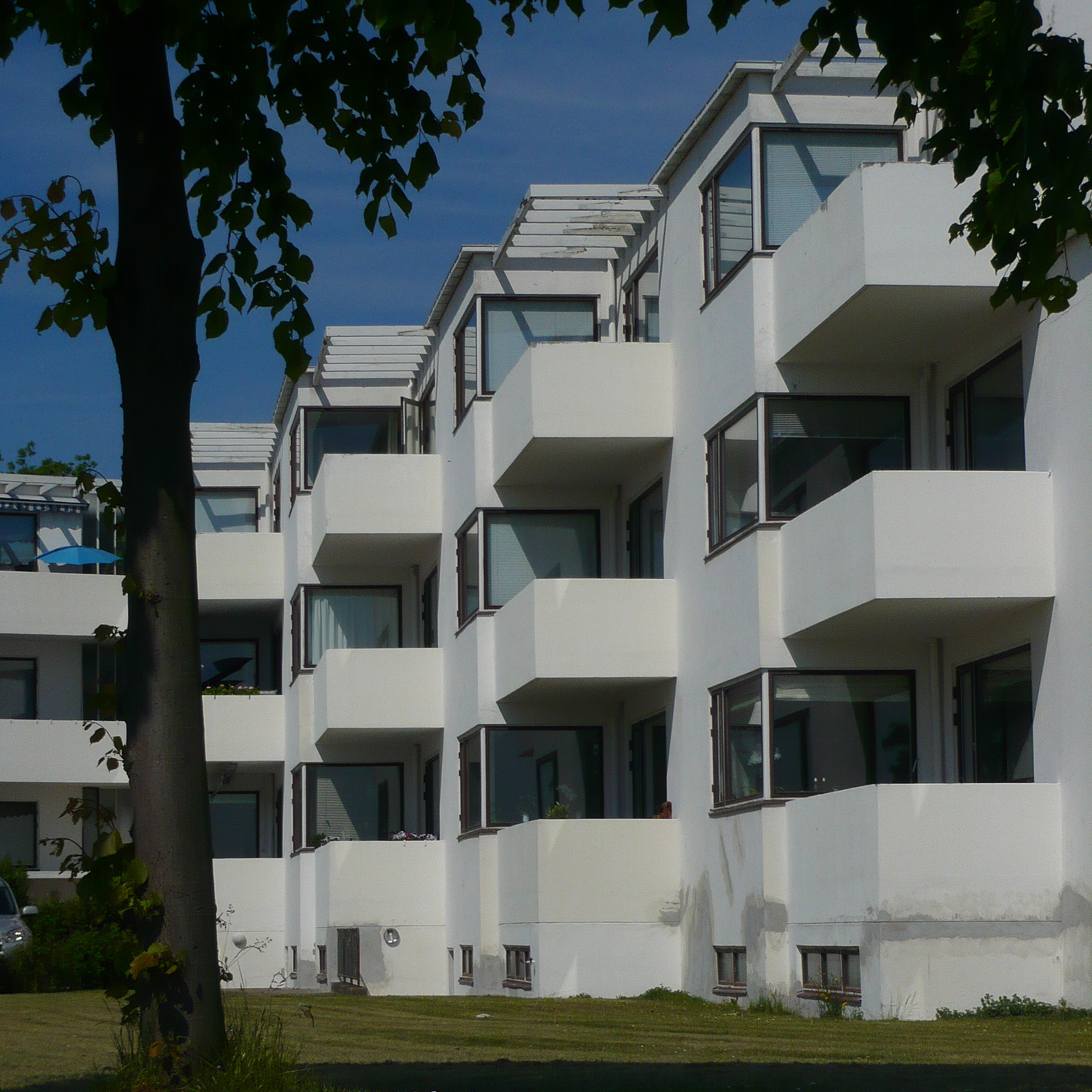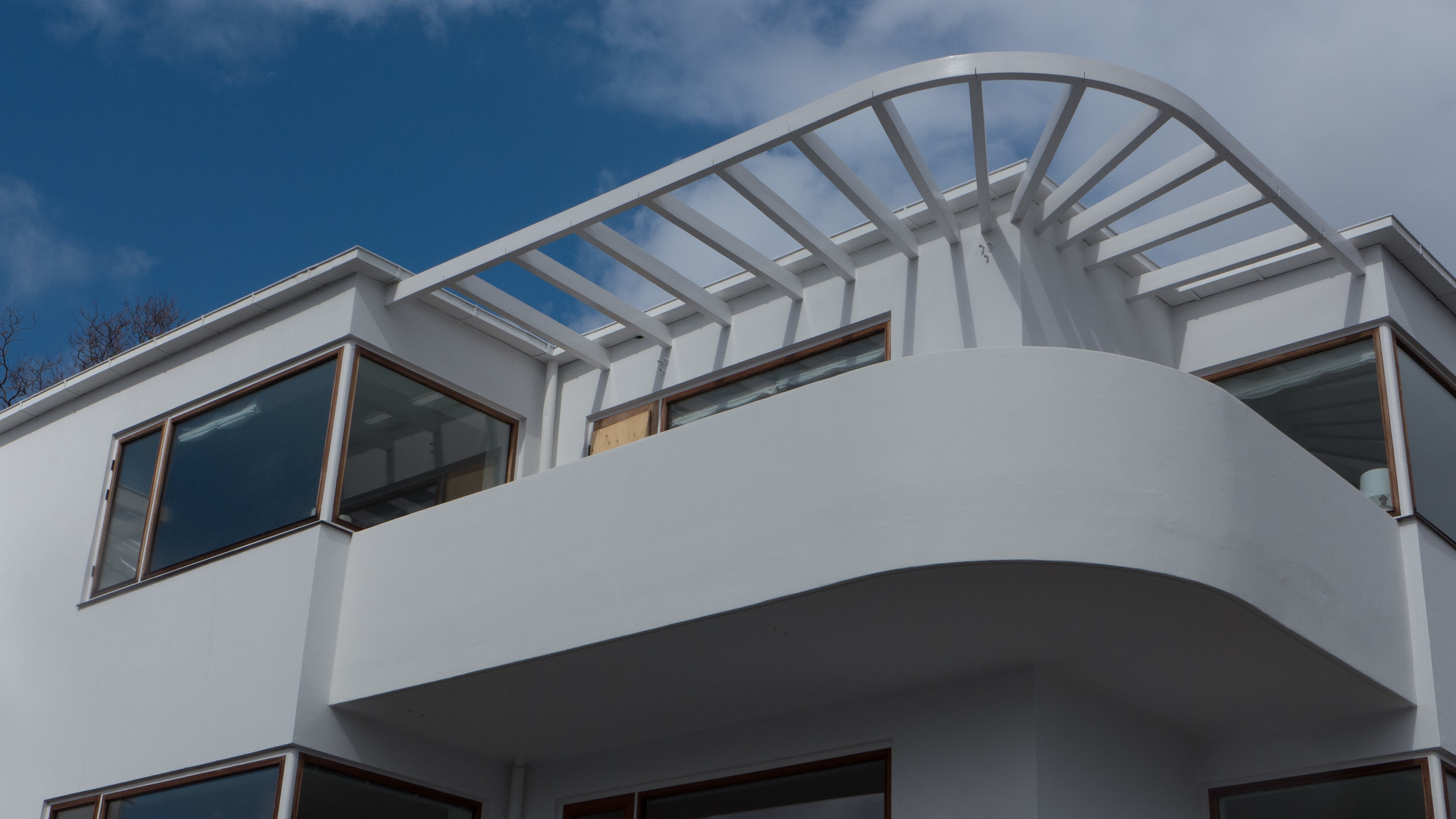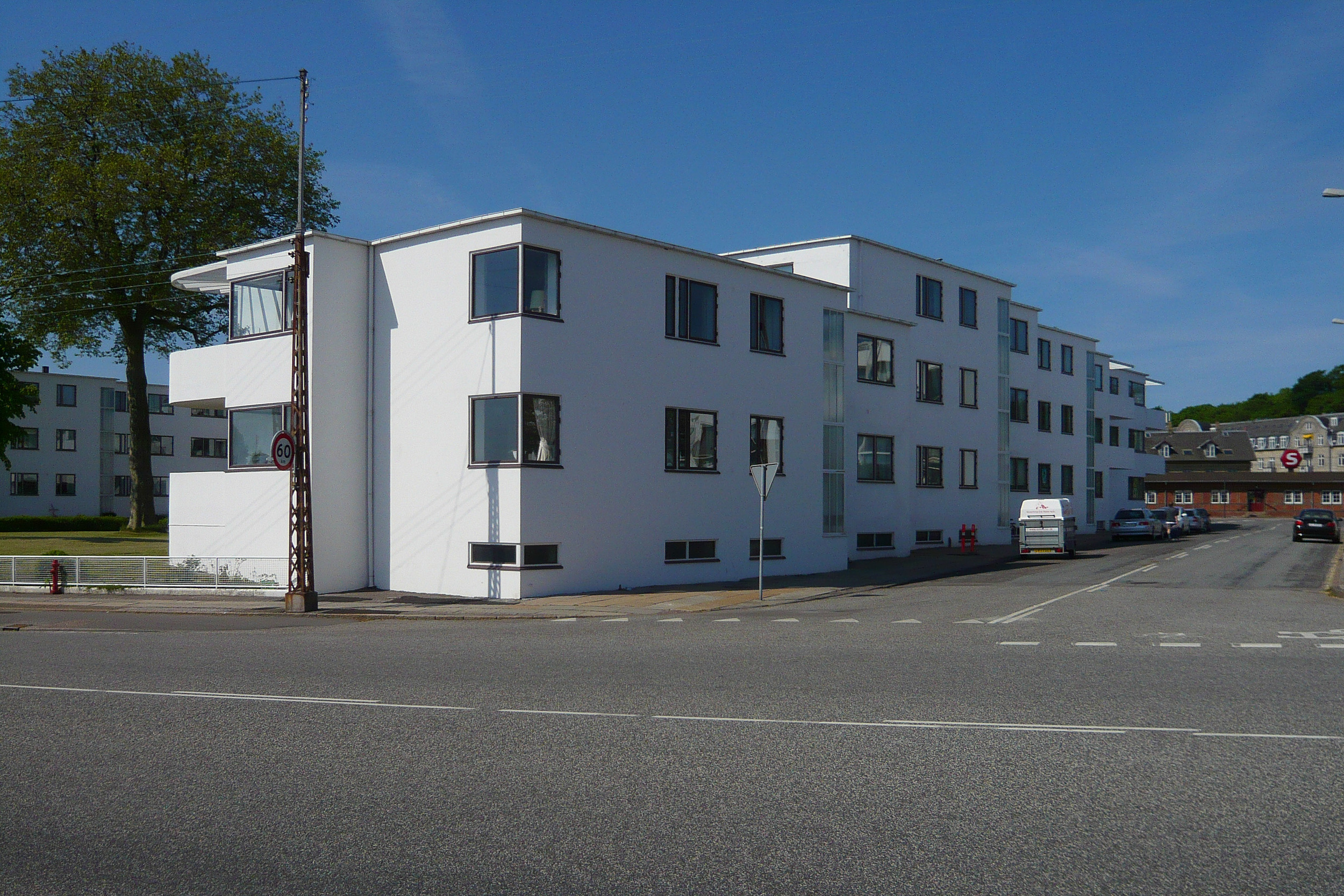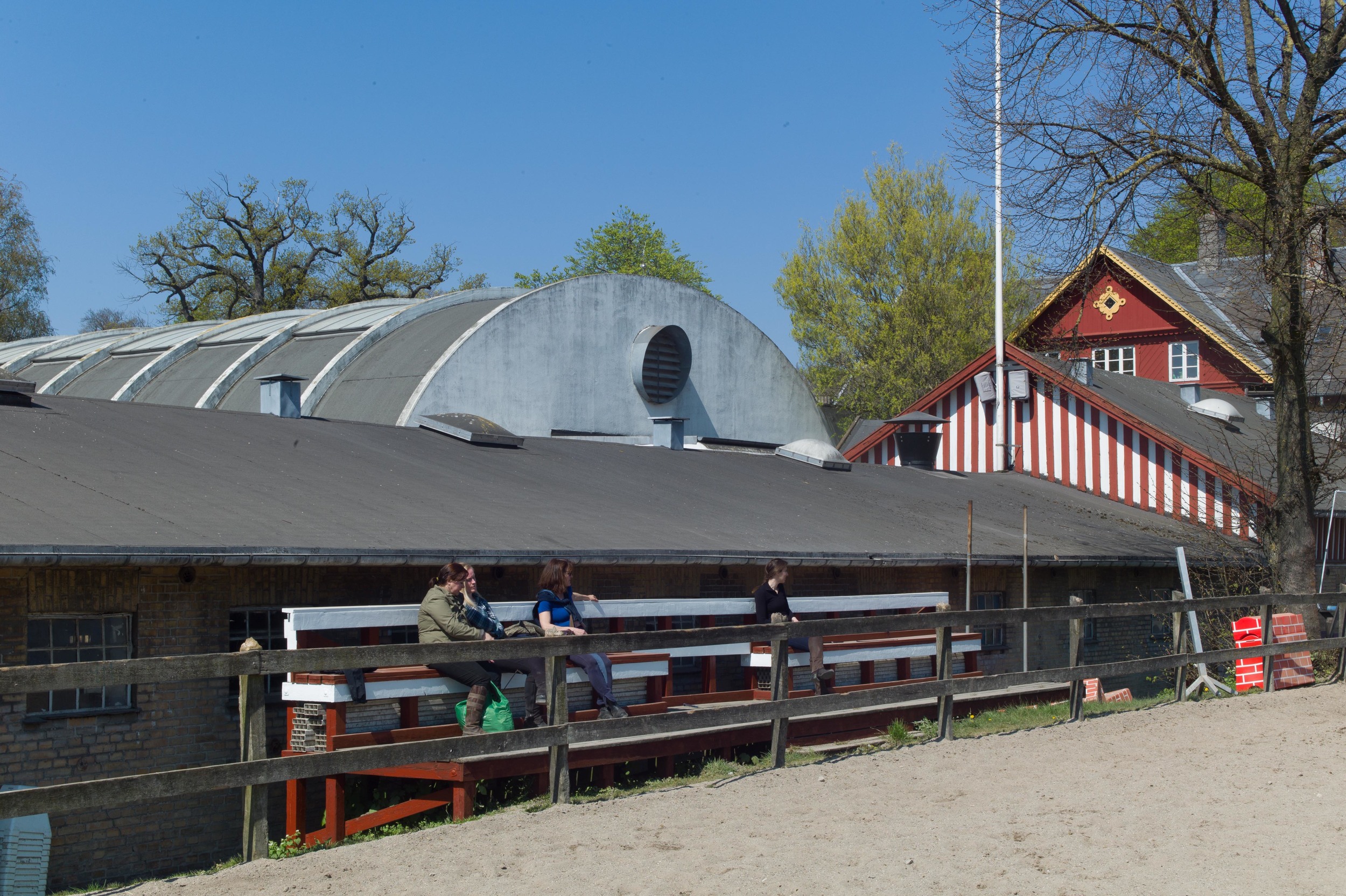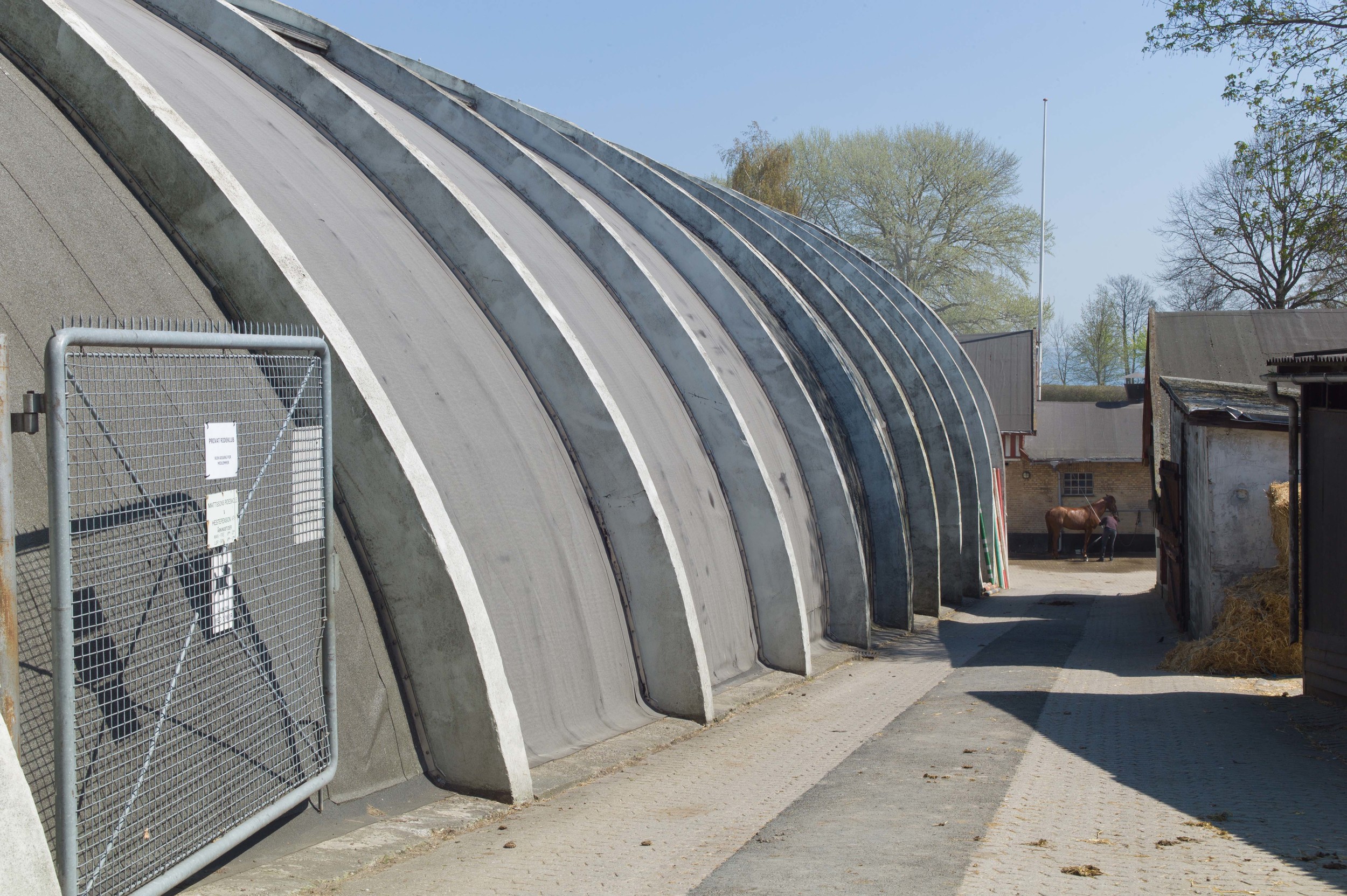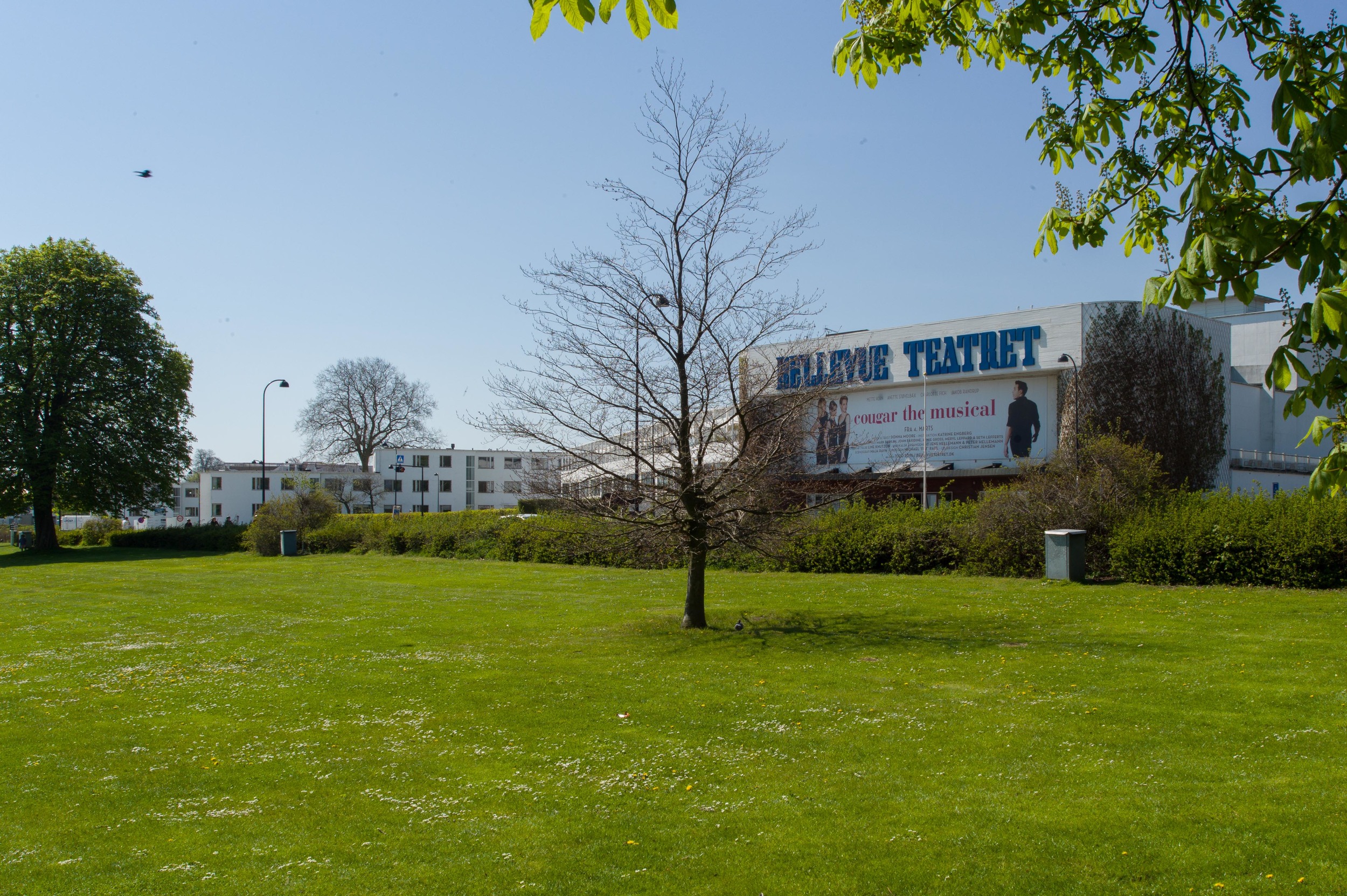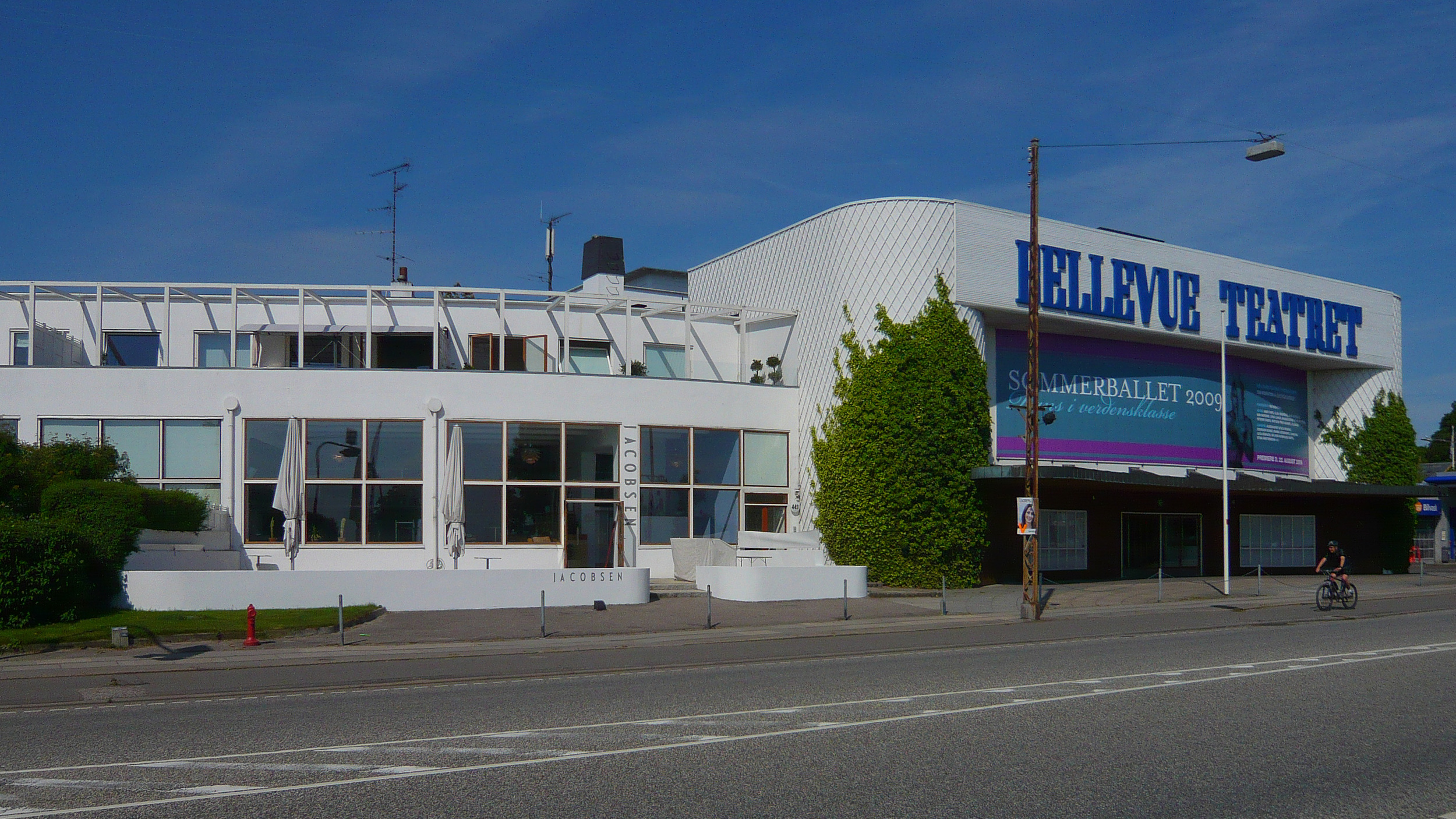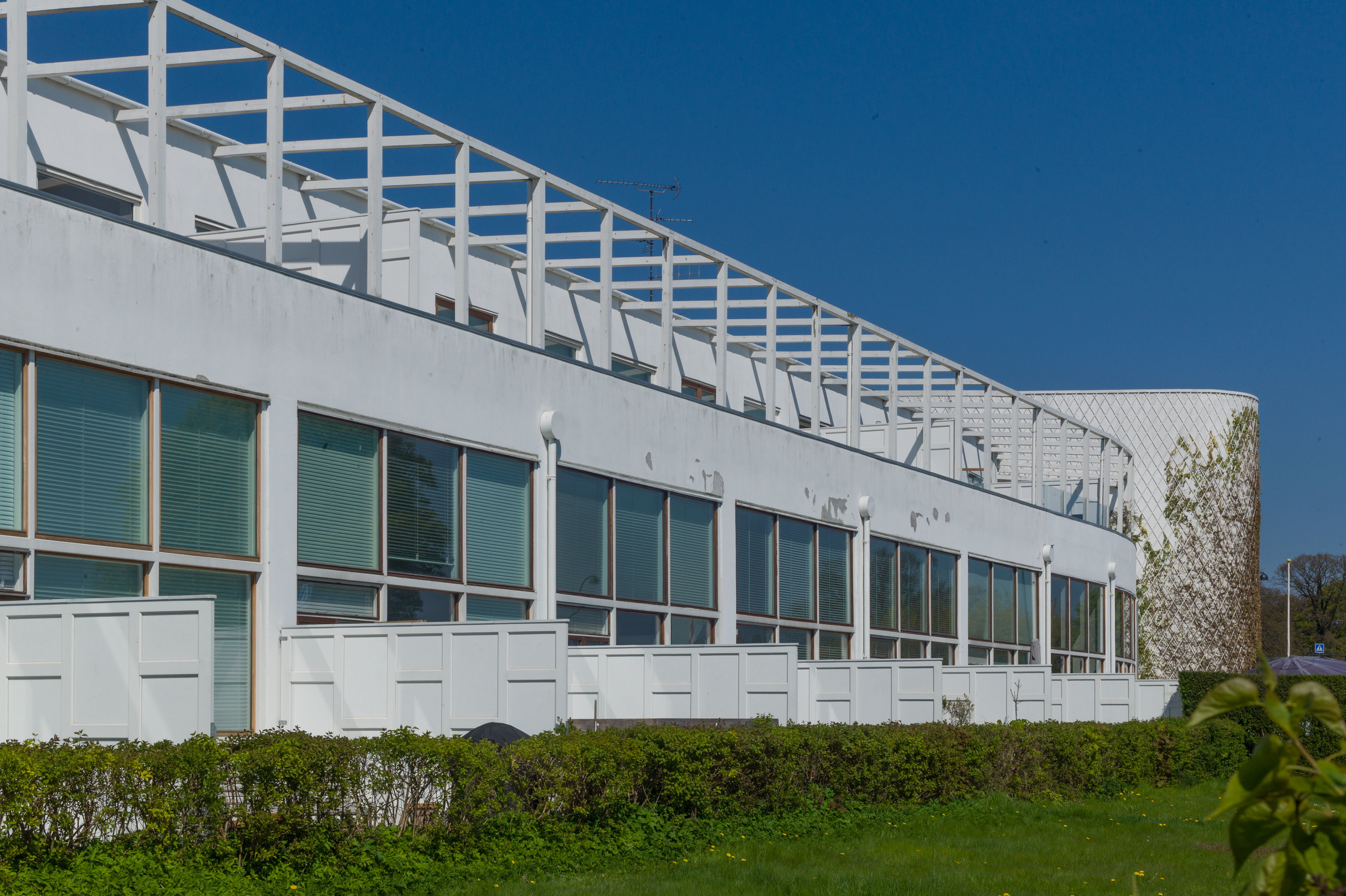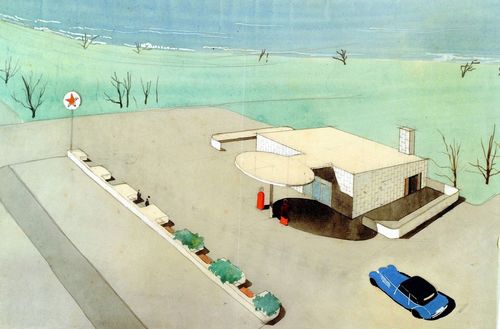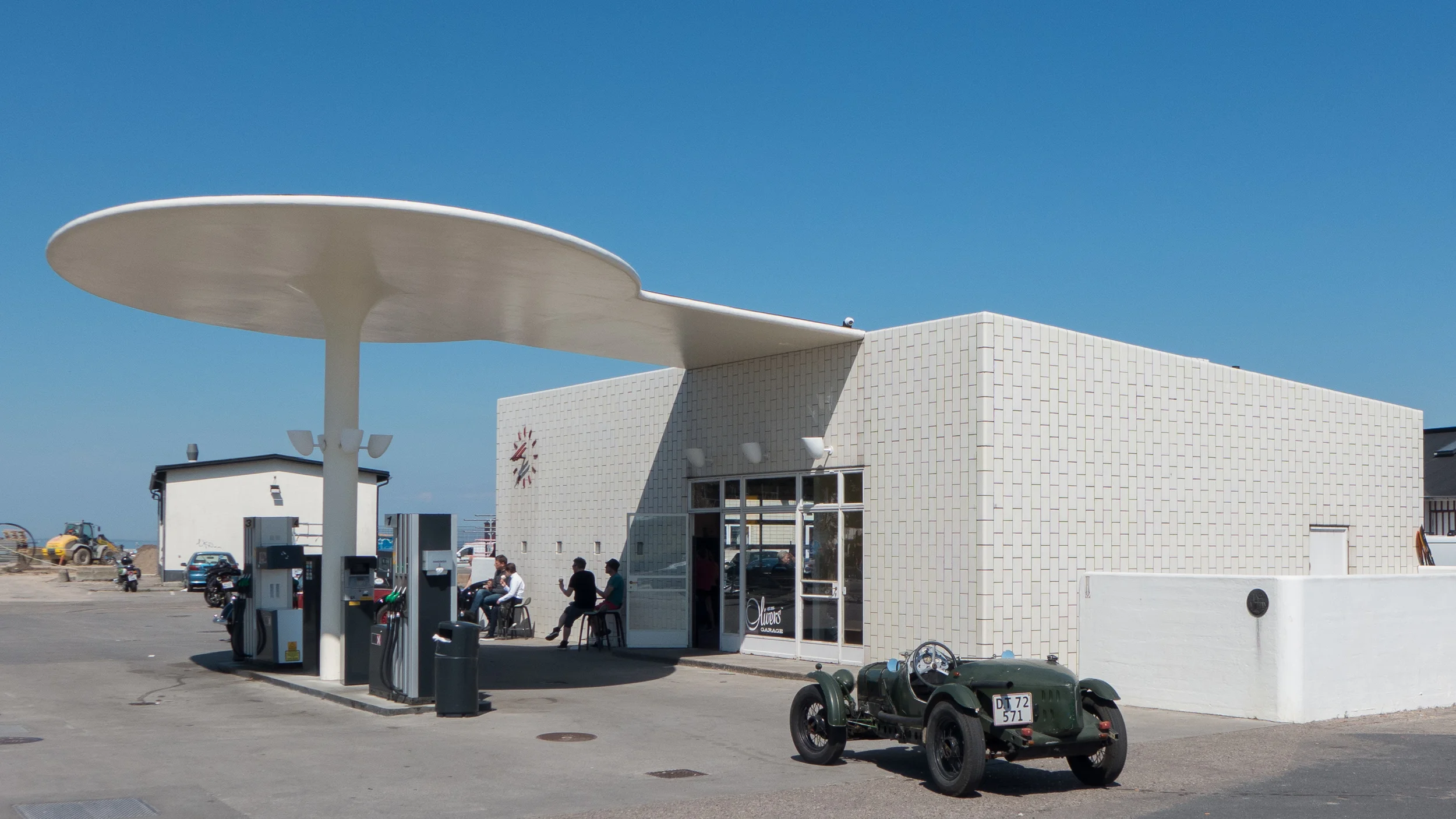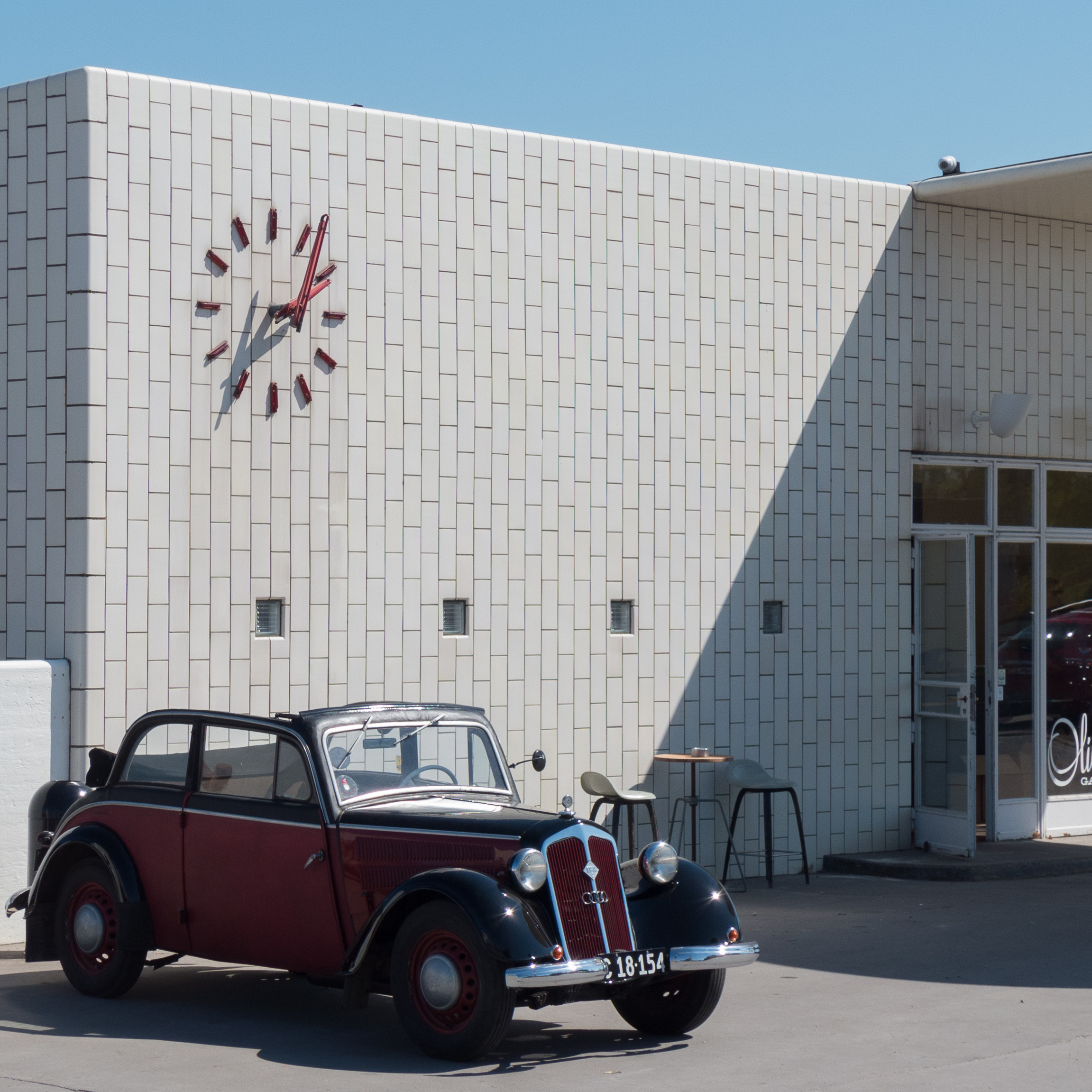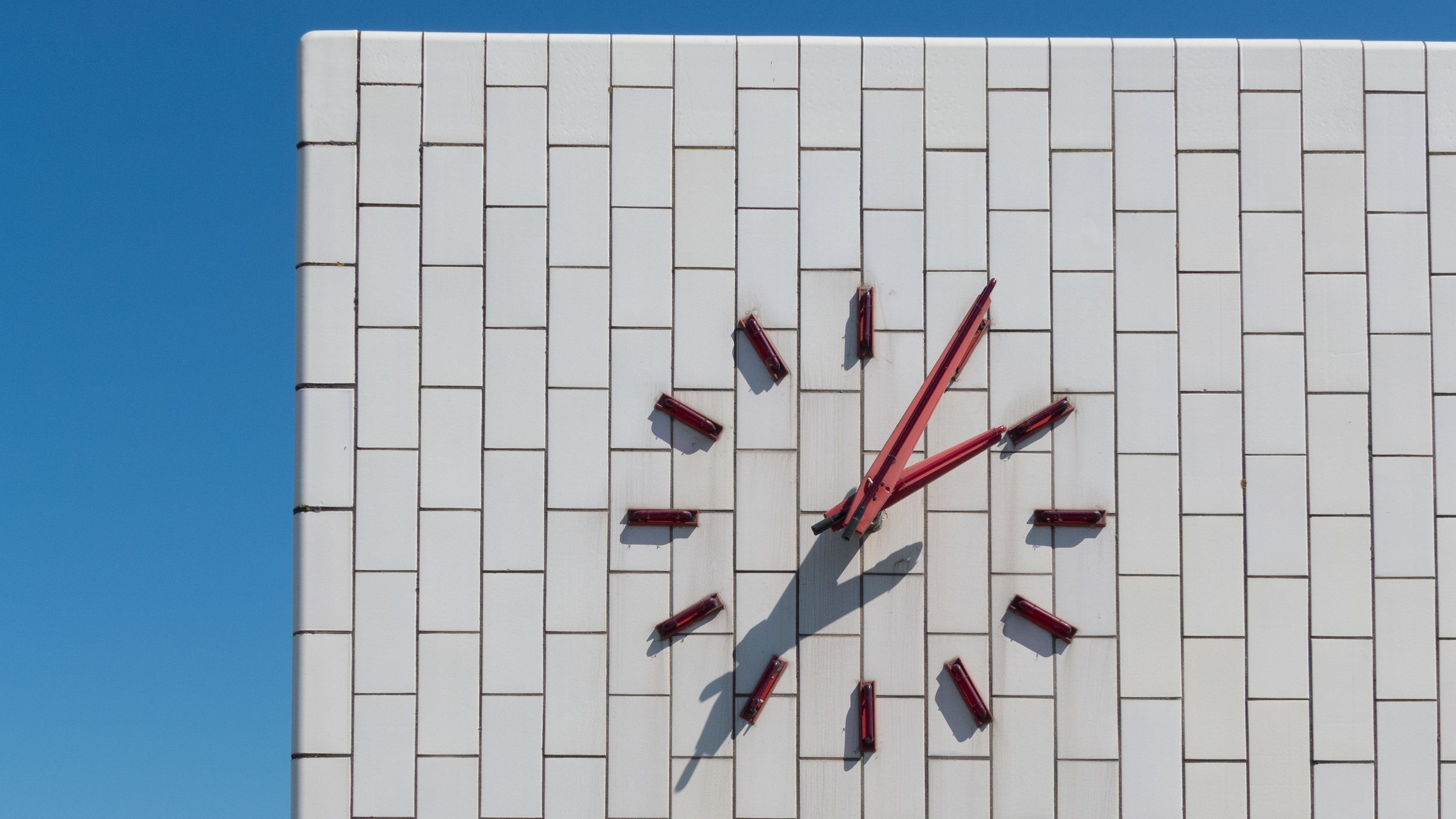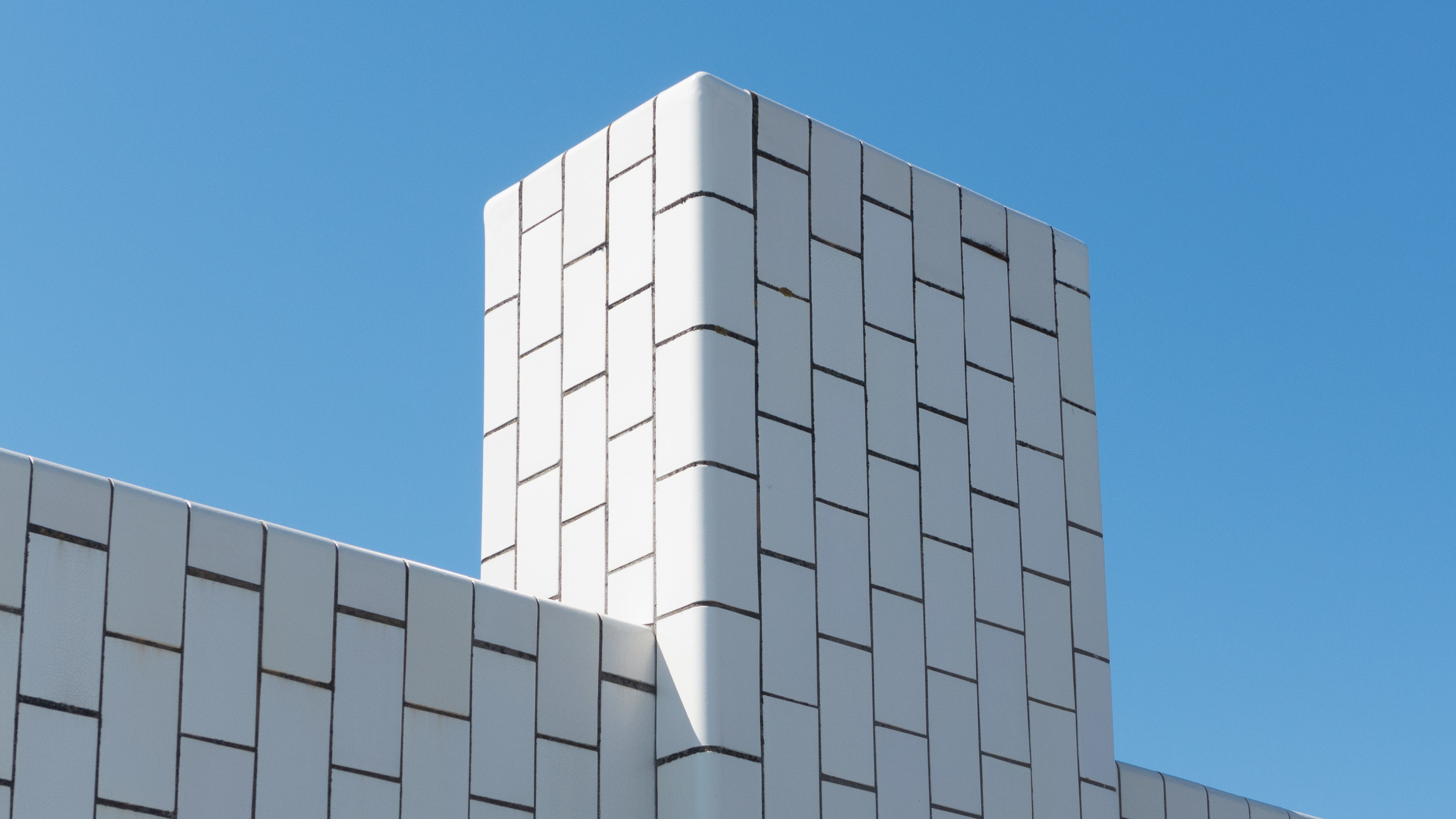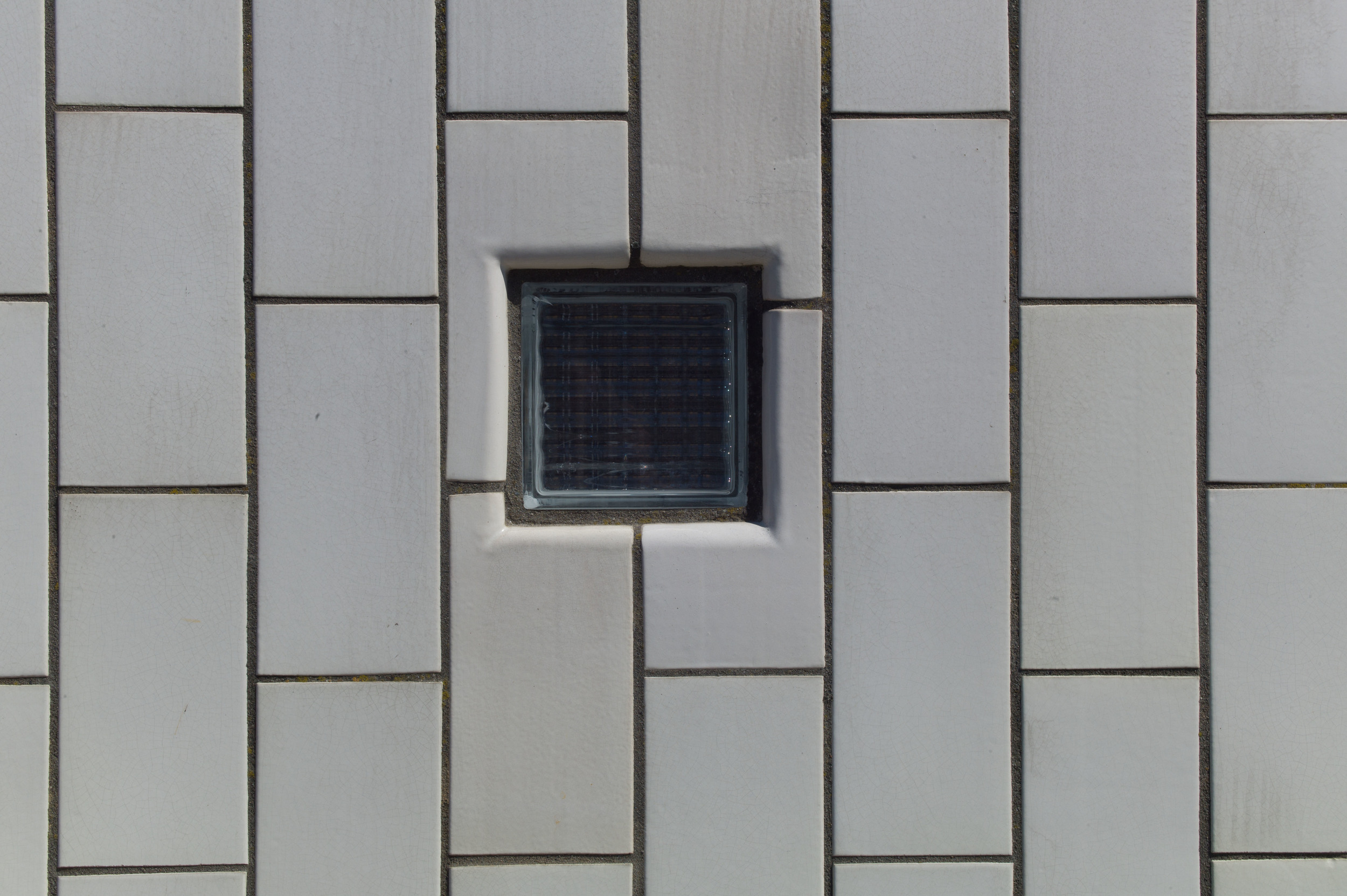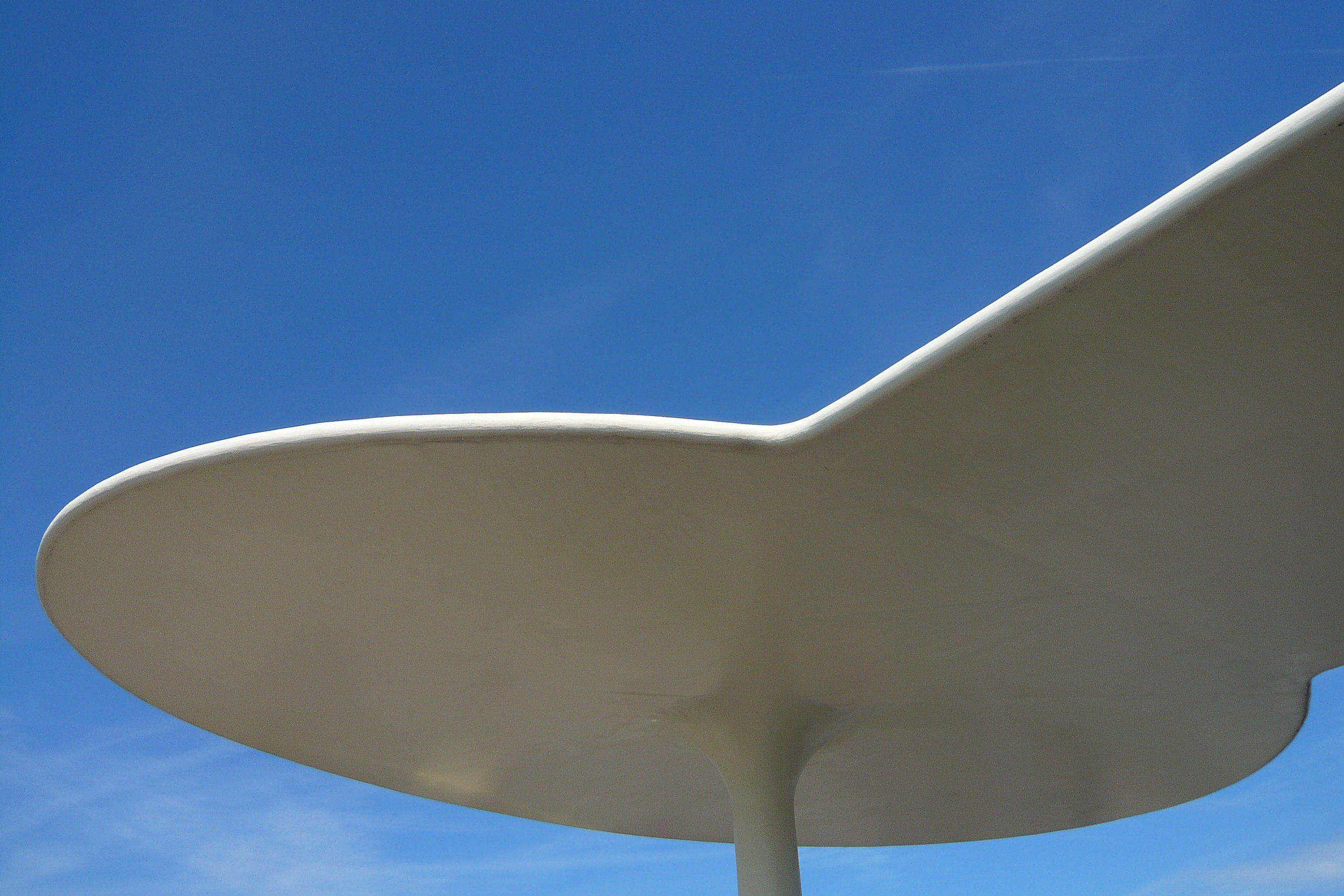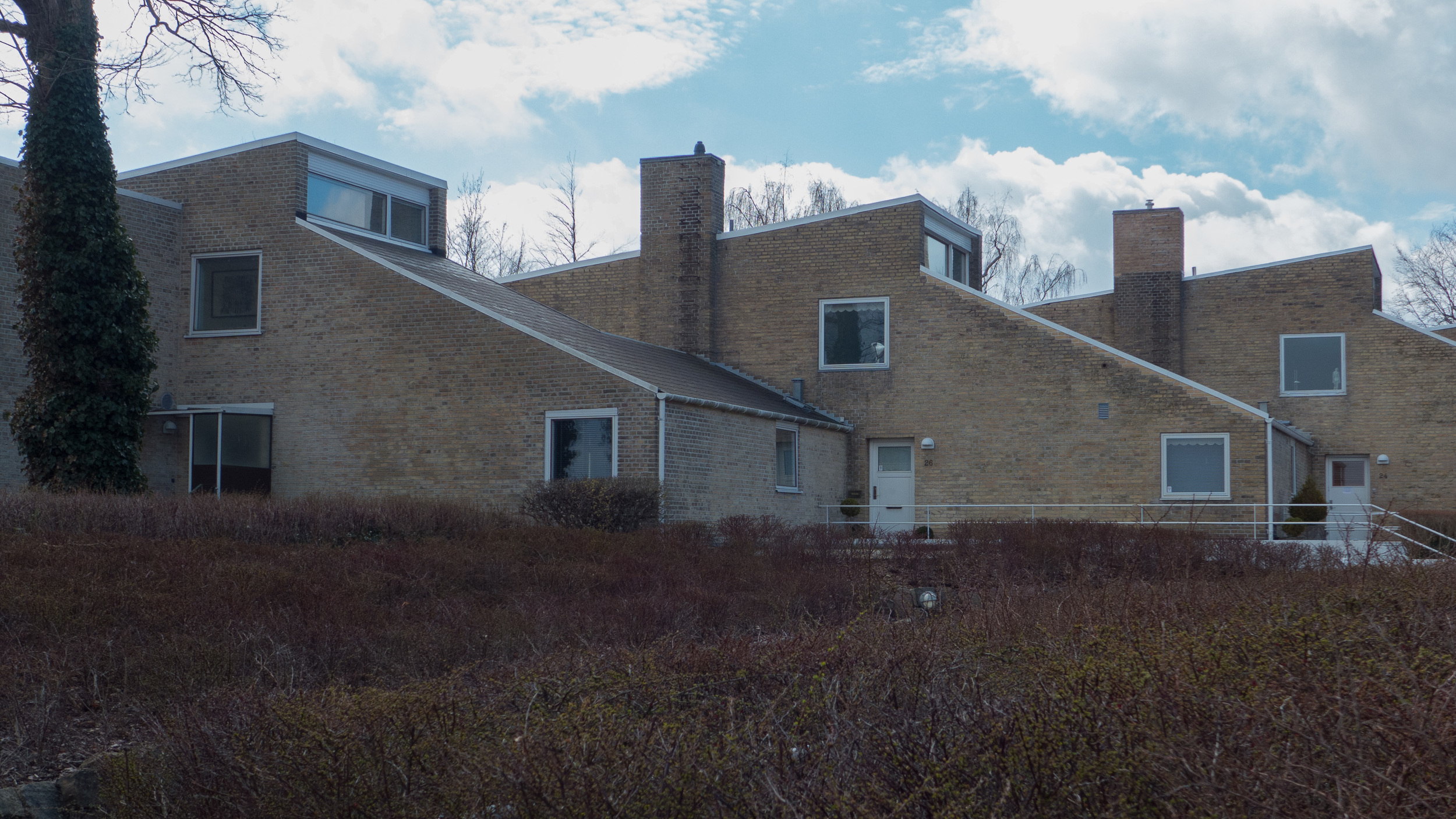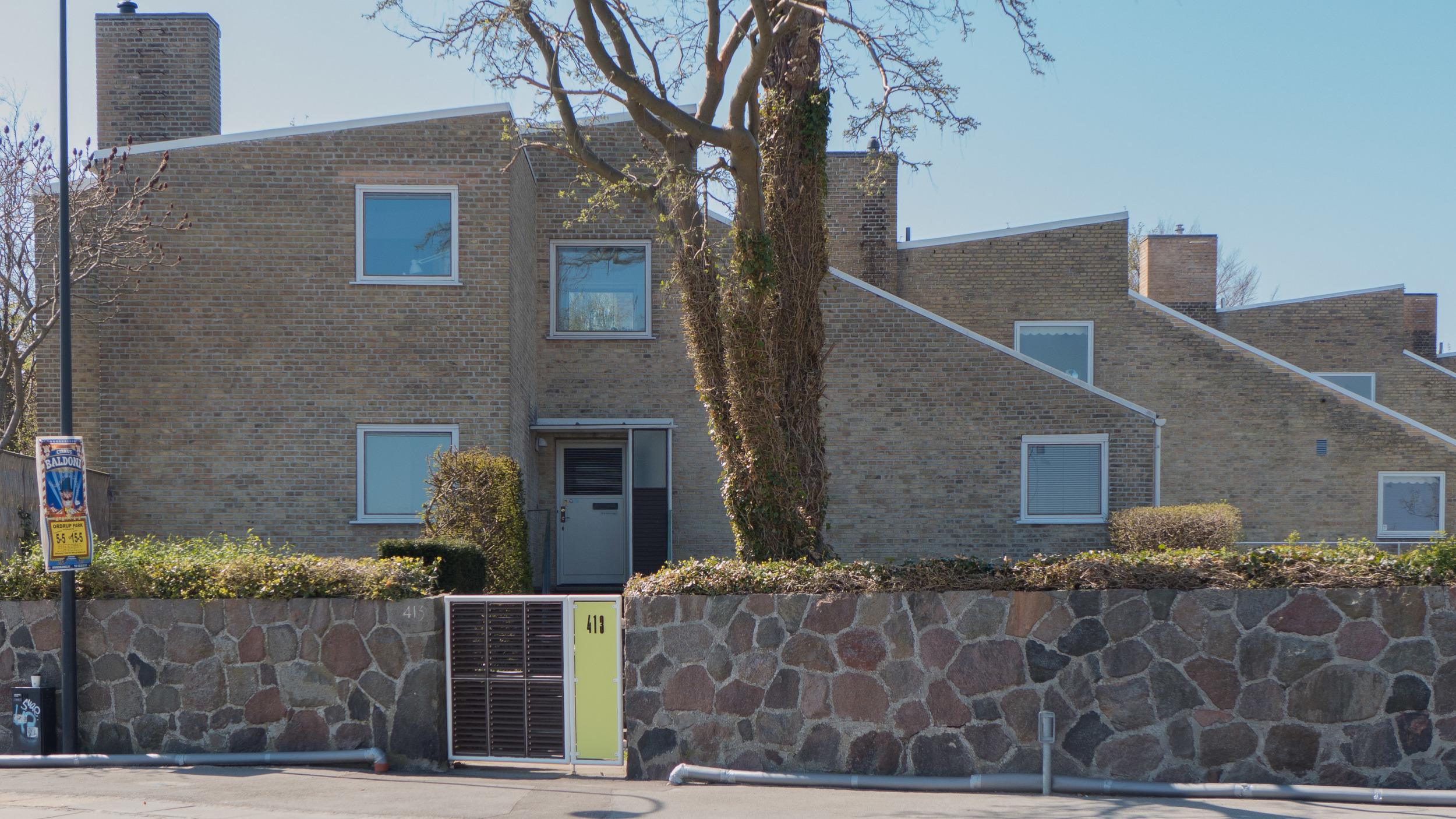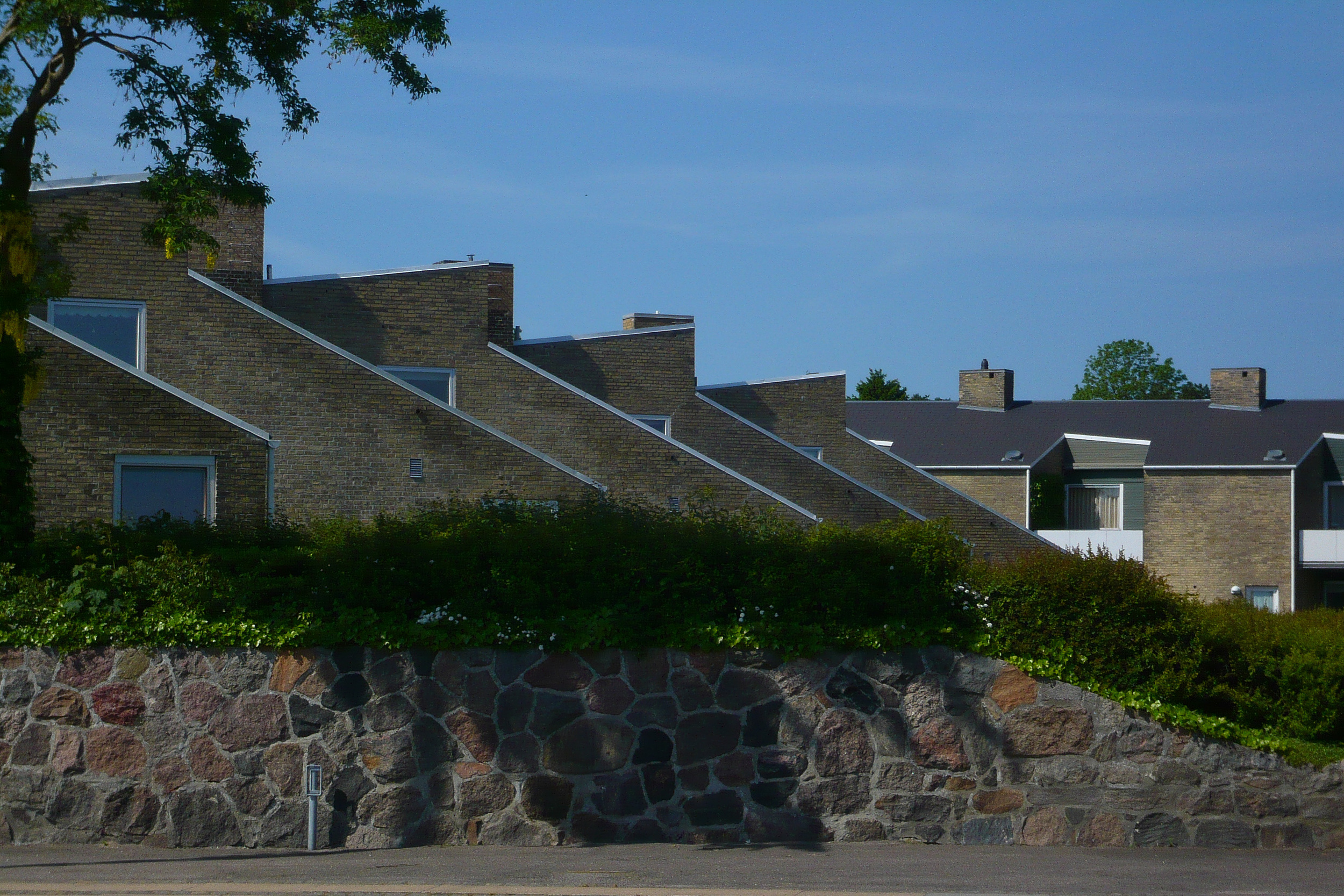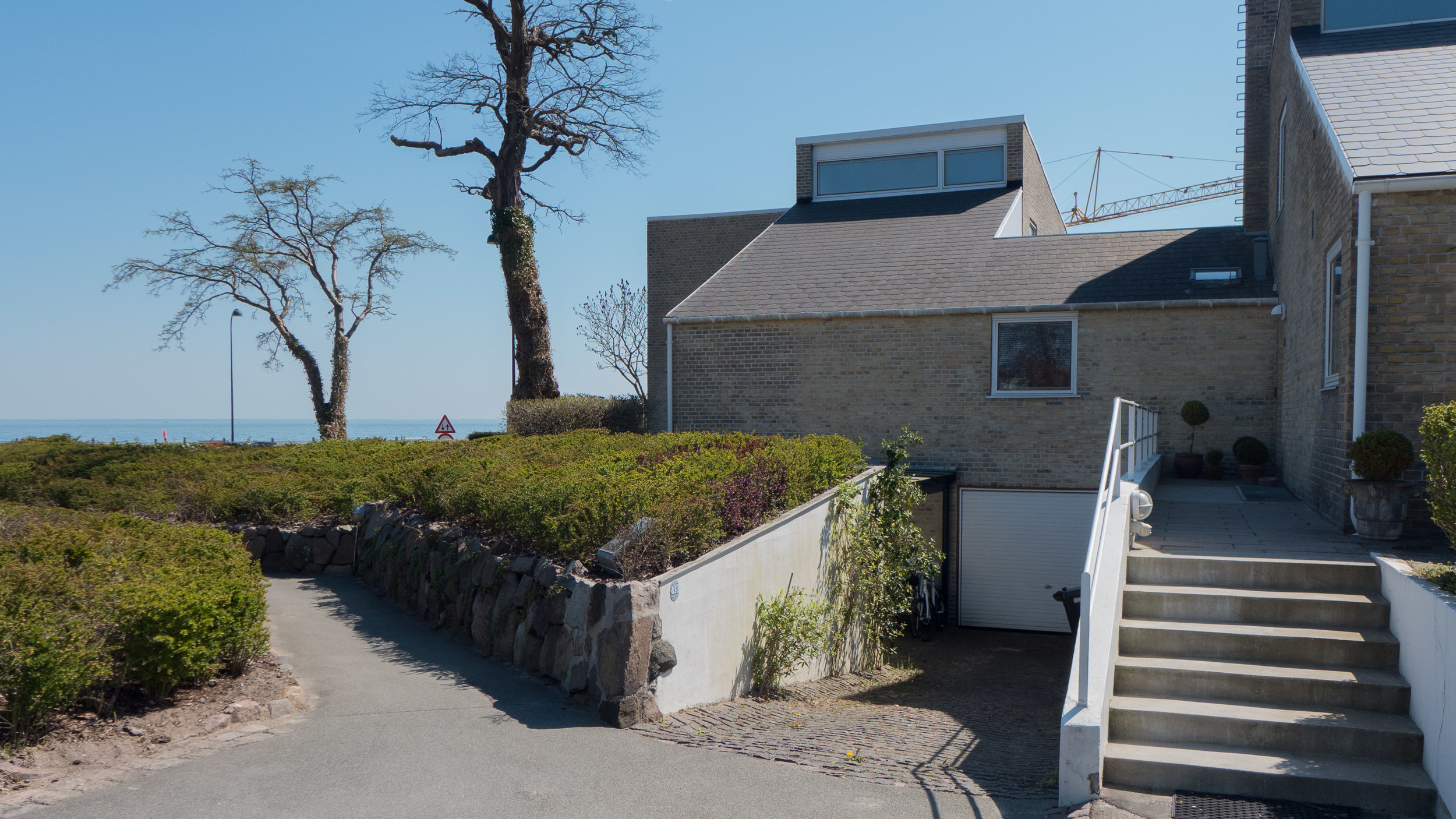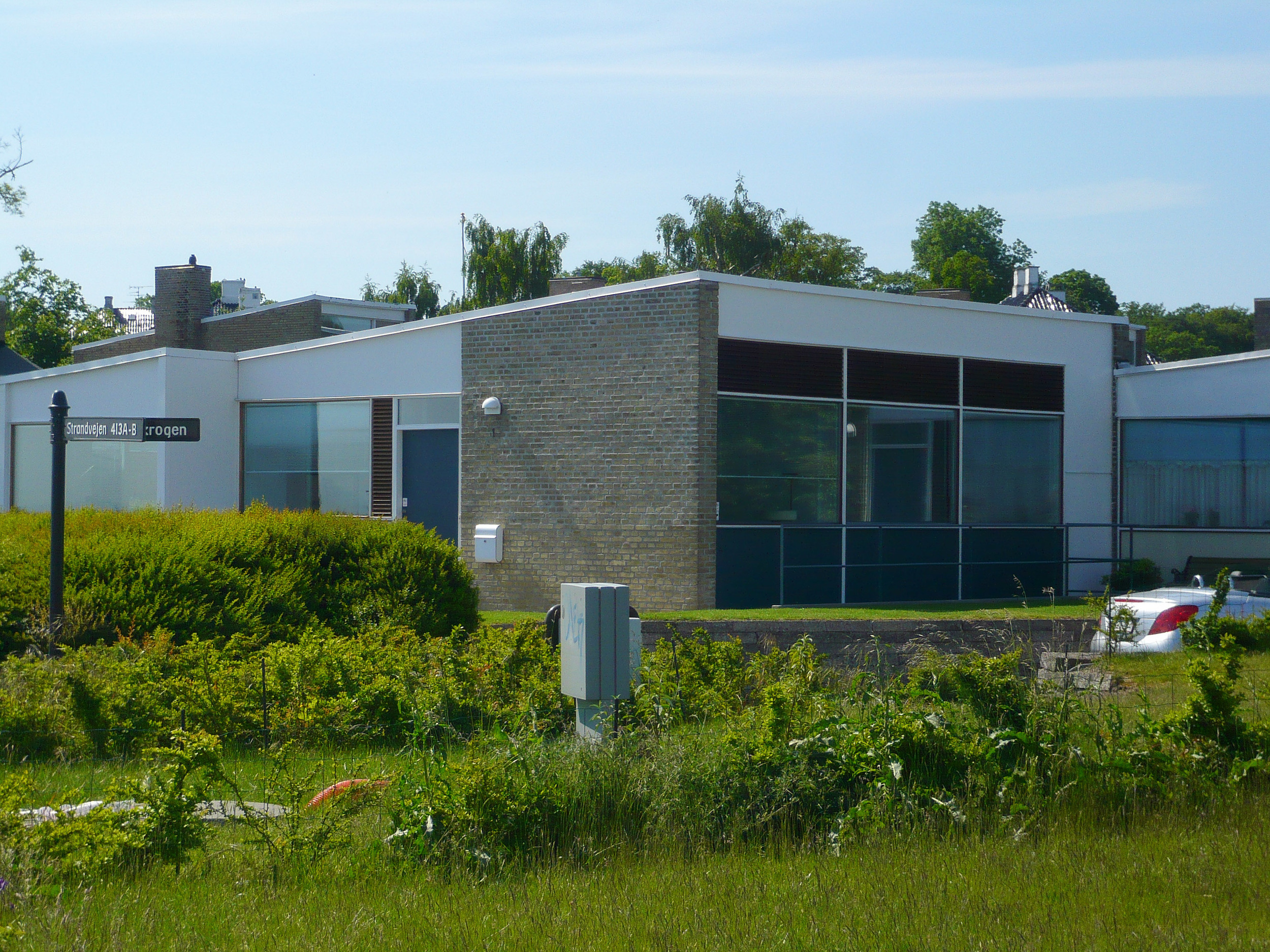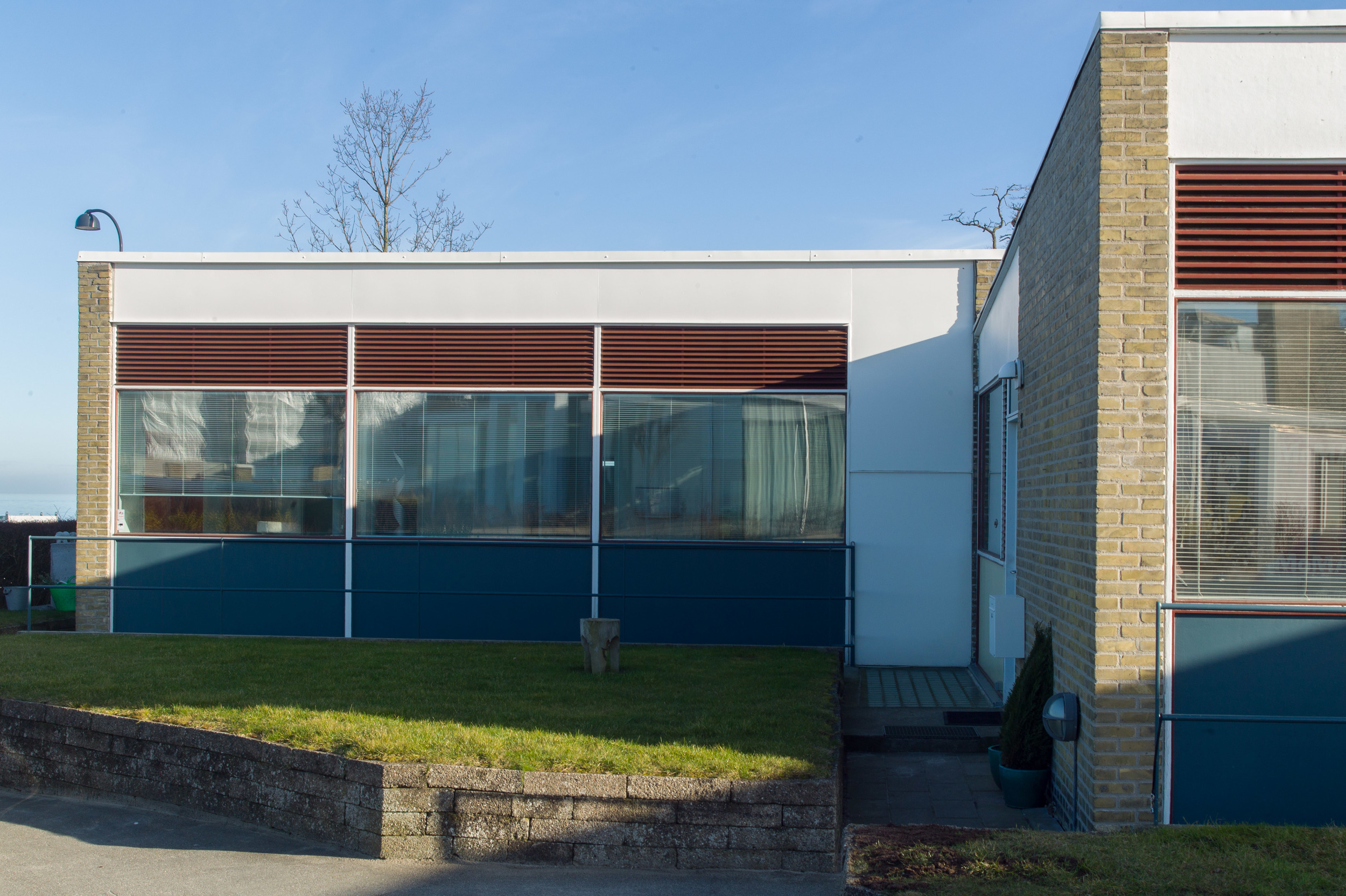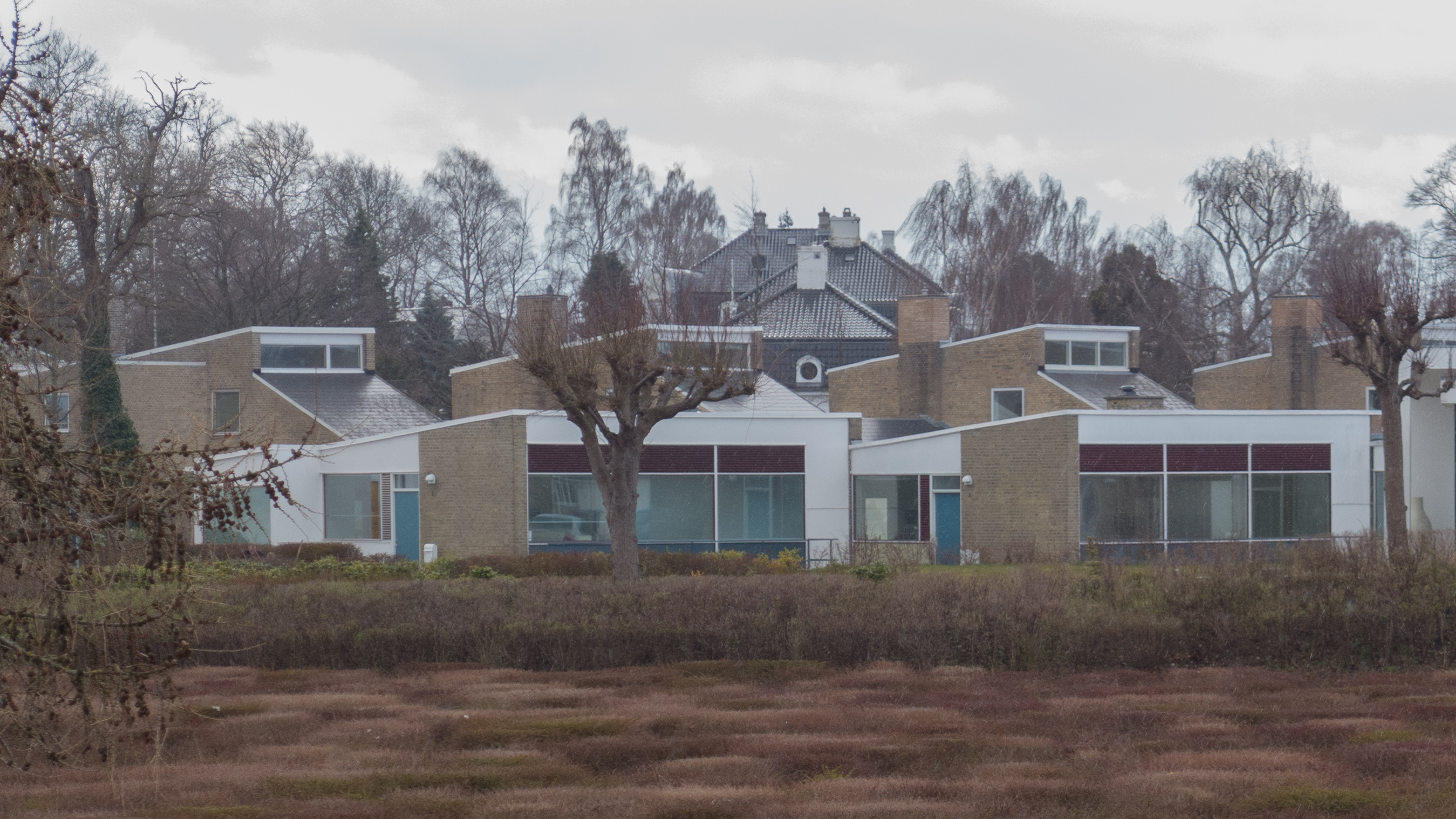the buildings in Klampenborg by Arne Jacobsen
/
This amazing group of buildings in Klampenborg, within a relatively small area along the beach or set back immediately behind the coast road, were designed by Arne Jacobsen in the 1930s, with some houses added in the 1950s that includes the house where Jacobsen lived and had his own studio and drawing office. These are buildings by a major architect exploring a number of construction systems and experimenting with the use of new materials, including concrete, and working on an astonishing range of building types and with a significant influence on the landscape setting.
The buildings from the 1930s include:
Coastal Baths with Changing Rooms and Life Guard Towers 1930-1932
Bellavista Housing Complex 1931-1934
Mattsson Riding School 1933-1934
Additions to the Riding School Restaurant with a verandah
Bellevue Theatre and Bellevue Restaurant, Strandvejen - 1935-1937
Texaco Service Station, Strandvejen, Skovhoved 1937
Kiosk complex and kayak club to the south of the coastal bath built in 1938
After the war, the Søholm houses were built on the gardens of an old house that was demolished but gave its name to the new houses. Their designs mark a move away from the white walls and flat roofs of the International Style of the earlier buildings.
Søholm I 1946-1950
Søholm II 1949-1951
Søholm III 1953-1954
Perhaps the one regret is that an opportunity was missed here in that Jacobsen was not commissioned to design a new railway station for Klampenborg in an appropriate International Modern style or is that expecting just too much in a boxed set?
notes and background:
Klampenborg is north of Copenhagen, about 9 kilometres from the north-east corner of the old city at Østerport.
Now, as you drive out of the city along the coast road, there appears to be continuous development, but, in the early 19th century, there was little immediately beyond the east gate of the city with a just a few large houses with gardens in the area between the lakes and the sea shore and then, beyond, what was then a relatively small settlement, Hellerup.
Further north, beyond Hellerup there were odd farmhouses and fishermen’s cottages - several single-storey thatched houses survive among the later villas - but most people travelling north out of the city must have followed a road just inland on higher ground through Lyngby.
Immediately to the north of Klampenborg was Dyrehave, a royal deer park, that was established in the late 17th century but in the 19th century was opened to the public and became a popular place for a day out from the city when Bakken, an amusement park, opened on the south-east corner of the park in 1830.
Bakken is still a very popular destination for the citizens of Copenhagen … the main entrance is just to the north of the railway station.
The railway line to Klampenborg was constructed in the 1860s and the current station building dates from 1897.
A coastal fortress at Charlottenlund, south of Klampenborg, was built in the 1880s as part of an outer defence to protect the Sound and the approach to the harbour but it had a relatively short life in military control and was de-commissioned in the 1930s when its earth ramparts were opened to the public as part of a new coastal park. The coast road was pulled back from the shore and sand was imported to form a wide new beach for sea bathing at Klampenborg.
There was a trolley bus service out to Klampenborg from Copenhagen and a coastal steamer that brought people here from the city with new boats brought into service from 1934 and in that year a suburban train service from Copenhagen to Klampenborg - the S train - opened making it possible for middle-class families to live in Klampenborg and commute into the city to work or shop.

